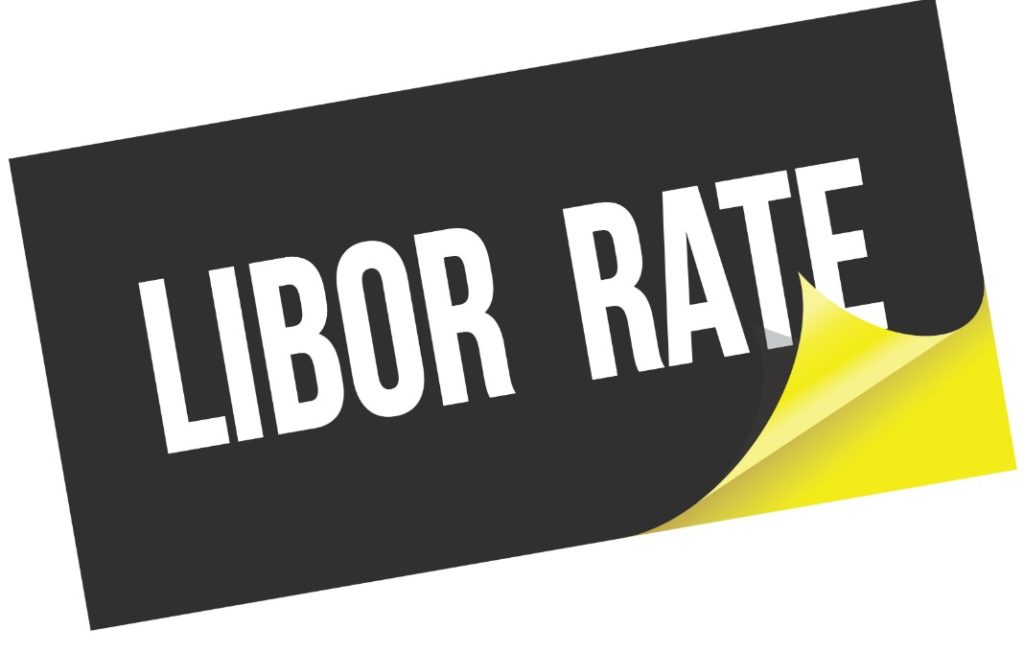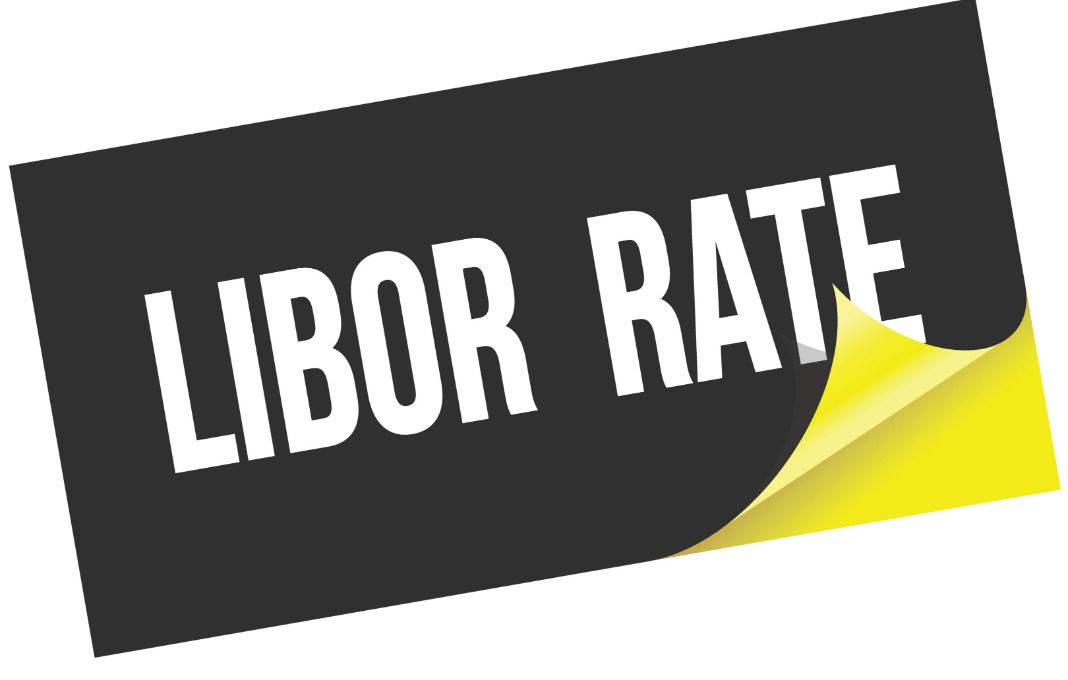 The end of the London Interbank Offered Rate (LIBOR) is on the horizon, and while the original deadline of year-end 2021 has been extended to June 2023 for some of the more frequently used LIBOR tenors in U.S. financing arrangements, lenders are now strongly discouraged from funding new LIBOR loans starting in 2022.
The end of the London Interbank Offered Rate (LIBOR) is on the horizon, and while the original deadline of year-end 2021 has been extended to June 2023 for some of the more frequently used LIBOR tenors in U.S. financing arrangements, lenders are now strongly discouraged from funding new LIBOR loans starting in 2022.
As LIBOR has been the dominant benchmark for determining interest rate pricing for a multitude of debt instruments—including credit facilities, interest rate swaps and mortgages—the cessation of its publication by applicable regulators is expected to have far reaching consequences. Companies should remain diligent by performing the following:
- Seek information and education regarding the current recommendations for benchmark replacement.
- Plan proactively with lenders regarding the protocol for LIBOR replacement in existing and new credit facilities.
- Continue to adequately address material risks related to the LIBOR transition in filings made with the U.S. Securities and Exchange Commission (SEC) and other communications with investors.
Where We Came from: Cessation of LIBOR Reporting
The UK Financial Conduct Authority (FCA) announced its intention to cease its practice of compelling banks to submit LIBOR rates on July 27, 2017, which will result in the ultimate cessation of the reporting of LIBOR to the general public and its reliability as a representative rate. This decision is attributable to market developments, including the fallout from the 2007-2008 global financial crisis, where many leading financial institutions were implicated in the LIBOR rate fixing scandal. With the recent March 5, 2021 joint announcement of FCA and ICE Benchmark Administration, industry participants now have a clearer picture of when various LIBOR tenors will cease to be reported, ranging from as early as the end of 2021 through the latest cessation date of June 30, 2023.
Despite the nearly four years of preparation, the mechanics of the phase out have continued to evolve as financial institutions, governmental entities and the legal community evaluate how the LIBOR replacement will actually operate. The Alternative Reference Rates Committee (ARRC), as the primary U.S. body focusing on the LIBOR transition, regularly provides recommended LIBOR replacement and fallback language that can be incorporated into financing documents, and has also proposed legislation (now adopted in New York) that provides for a uniform fallback should financing arrangements be silent with respect to LIBOR replacement.
As a result of the ARRC’s work, the Federal Reserve Bank of New York has already begun reporting the ARRC’s recommended replacement benchmark—the Secured Overnight Financing Rate (SOFR). Due to its frequent testing and basis in executed transactions (rather than forward-looking transactions that have not yet occurred, which such hypothetical transactions are the basis for determining LIBOR), SOFR is widely regarded to be a more accurate benchmark as compared to LIBOR. That being said, SOFR has not yet been universally adopted in commercial financing arrangements, and its status as the ubiquitous LIBOR replacement is not a foregone conclusion, as swaps tied to alternative replacement BSBY among other alternative floating rates (e.g. Ameribor, ICE Bank Yield Index), continue to be discussed by market participants as viable LIBOR replacement options.
What Does This Mean for Companies?
Finance and Commercial Transaction Considerations
If your company is party to any agreements using a LIBOR pricing reference, it is important for you to evaluate how the cessation of LIBOR will impact any such arrangements. Although certain contracts governed by New York law will be protected through the legislative fallback provisions, the statutory guidance may not provide for the most desirable pricing replacement for everyone. Similarly, LIBOR replacement language incorporated in legacy loans may not contain the desired reference rate or provide for adequate borrower input on the adoption of a replacement rate. Evaluating the current status quo of your existing agreements can help identify potential issues once LIBOR reporting is ultimately discontinued. Companies would be wise to address concerns with counterparties (particularly commercial banks) in advance of the applicable LIBOR tenor cessation date to avoid any contract modification execution risk resulting from capacity constraints as a result of an increased volume of LIBOR replacement amendments and requests.
For new commercial agreements, parties should be intentional about incorporating robust LIBOR replacement language in their documents. While the published ARRC recommended benchmark replacement provisions are being widely adopted in current commercial financing arrangements, should those not align with your company’s long-term goals and financial picture, it is important to address those concerns upfront during the negotiation process. Being proactive in negotiating these issues with your contractual counterparties and lenders can help avoid issues when LIBOR eventually ceases to be reported. It is worthwhile to evaluate the various options regarding LIBOR replacement measures with your internal finance team, as well as your financial and legal advisors and your commercial partners and lenders.
Corporate and Securities Considerations
In 2019, the SEC’s Division of Corporation Finance began encouraging public reporting companies to address LIBOR-related risks with investors, and in 2020, the SEC’s Office of Compliance Inspections and Examinations, now known as the Division of Examinations (EXAMS), identified LIBOR transition preparedness as an examination program priority. In March 2021, EXAMS stated that it would continue to engage with public reporting companies through examinations in order to evaluate such companies’ preparedness for the LIBOR transition, although EXAMS did not provide supplemental review topics or specific guidance.
These pronouncements provide a road-map for public company best practices in relation to the transition from LIBOR. Public companies, particularly those in the banking, real estate and insurance sectors, should continue to highlight (and to the extent current disclosure is cursory, enhance) discussion regarding the expected discontinuation of LIBOR, such as disclosure relating to risk factors, Management’s Discussion & Analysis of Financial Condition and Results of Operations, board risk oversight and financial statements. At this stage in the transition, topics of focus for a reporting companies’ public disclosure should include, among other things:
- The adequacy of its risk mitigation efforts.
- The material impact (if known) of the LIBOR transition on such reporting companies’ business activities, operations and services, as well as on its customers, clients and/or investors.
- Amendments to legacy agreements, including the implication or impact of any incorporated fallback language.
- Plans for or status of adoption of SOFR or another alternative reference rate.
- Identification and addressing of conflicts of interest associated with the transition from LIBOR to SOFR or another alternative reference rate.
As the final termination date for LIBOR nears, we anticipate that the SEC may continue to revisit LIBOR transition matters, both from a public disclosure perspective, and from an enforcement standpoint.
Key Takeaway: Proactive Action Will Ease Transition Away from LIBOR
Staying ahead of the upcoming transition away from LIBOR will allow you to plan for the future and avoid last minute issues when the cessation of LIBOR reporting eventually arrives. Collaborating with your internal team and external partners to establish open lines of communication regarding this topic will minimize economic risk and strengthen your business relationships for the future.







